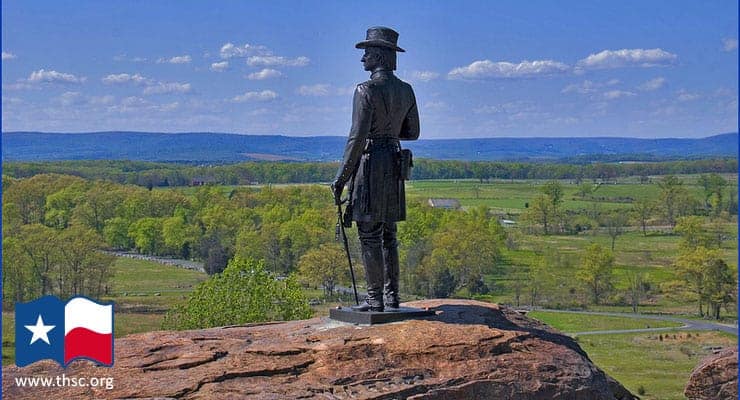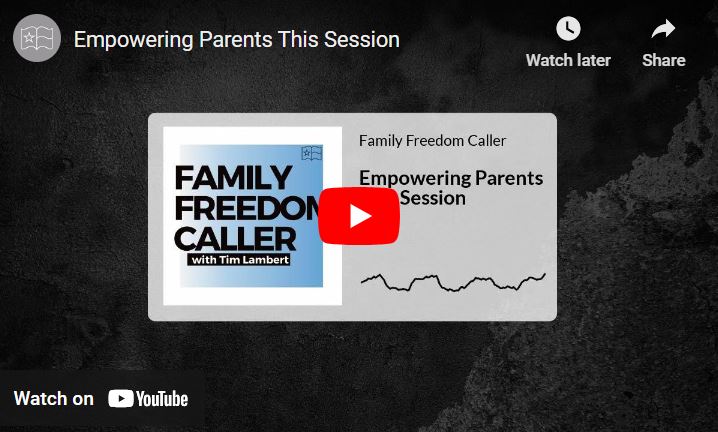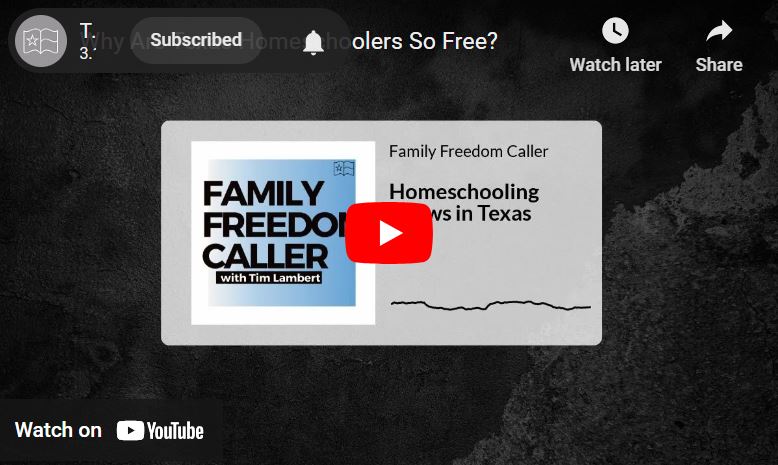
Statue of Union General Gouverneur Warren on Little Round Top - Gettysburg National Military Park
By Meara Kelly
You hike to the top and survey the breathtaking view. You stand in awe as you look up at the majestic monument bearing the likeness of General Warren. Like him, an image frozen in time, you stand in a stare at the battlefield before you. As if the soldiers are stretched out in front of your eyes, you can almost see Colonel Chamberlain bravely leading his men down the hill in a bayonet charge.
It’s thanks to the creation of the National Park Service that we are able to visualize what happened at Little Round Top during the Battle of Gettysburg.
The National Park is celebrating its centennial this year. One hundred years of ensuring our history for future generations. Gettysburg National Military Park is just one example. President Abraham Lincoln believed that it was our duty to remember those who had given “the last full measure of devotion.”
With the battle fresh in his mind, David McConaughy stood on Little Round Top and saw this amazing view, just as visitors do now. He also saw that something needed to be done so the memory of this significant and tragic battle of the Civil War would be preserved. In 1864 the Gettysburg Battlefield Memorial Association (GBMA) was founded. McConaughy imagined what Gettysburg could be as visitors would come to remember the battle. This included roadways through the battlefield, artwork and descriptions.
Throughout the years the GBMA was able to purchase more key lands that were part of the battle and develop the grounds with fitting monuments. In 1895 the GBMA handed over their land holdings to the federal government and Gettysburg was made a National Military Park.
McConaughy, Lincoln, and others dreamed that the Battle of Gettysburg would not be forgotten, but kept as an active part of our present as well as a reminder for our future. With its more than nine square miles, the Park has much to offer, including 1,328 stunning monuments and historical views. We can now stand on Little Round Top and envision all that took place during one of the most significant battles of the Civil War.
***
Originally from Massachusetts, Meara Kelly was homeschooled and earned a B.A. in History in 2014. Kelly’s first book, Sorrow’s Joy, is a work of historical fiction about the Battle of Gettysburg and was inspired by a visit to the National Park in 2010. Kelly resides in San Antonio, Texas.

Statue of Union General Gouverneur Warren on Little Round Top - Gettysburg National Military Park
By Meara Kelly
You hike to the top and survey the breathtaking view. You stand in awe as you look up at the majestic monument bearing the likeness of General Warren. Like him, an image frozen in time, you stand in a stare at the battlefield before you. As if the soldiers are stretched out in front of your eyes, you can almost see Colonel Chamberlain bravely leading his men down the hill in a bayonet charge.
It’s thanks to the creation of the National Park Service that we are able to visualize what happened at Little Round Top during the Battle of Gettysburg.
The National Park is celebrating its centennial this year. One hundred years of ensuring our history for future generations. Gettysburg National Military Park is just one example. President Abraham Lincoln believed that it was our duty to remember those who had given “the last full measure of devotion.”
With the battle fresh in his mind, David McConaughy stood on Little Round Top and saw this amazing view, just as visitors do now. He also saw that something needed to be done so the memory of this significant and tragic battle of the Civil War would be preserved. In 1864 the Gettysburg Battlefield Memorial Association (GBMA) was founded. McConaughy imagined what Gettysburg could be as visitors would come to remember the battle. This included roadways through the battlefield, artwork and descriptions.
Throughout the years the GBMA was able to purchase more key lands that were part of the battle and develop the grounds with fitting monuments. In 1895 the GBMA handed over their land holdings to the federal government and Gettysburg was made a National Military Park.
McConaughy, Lincoln, and others dreamed that the Battle of Gettysburg would not be forgotten, but kept as an active part of our present as well as a reminder for our future. With its more than nine square miles, the Park has much to offer, including 1,328 stunning monuments and historical views. We can now stand on Little Round Top and envision all that took place during one of the most significant battles of the Civil War.
***
Originally from Massachusetts, Meara Kelly was homeschooled and earned a B.A. in History in 2014. Kelly’s first book, Sorrow’s Joy, is a work of historical fiction about the Battle of Gettysburg and was inspired by a visit to the National Park in 2010. Kelly resides in San Antonio, Texas.











